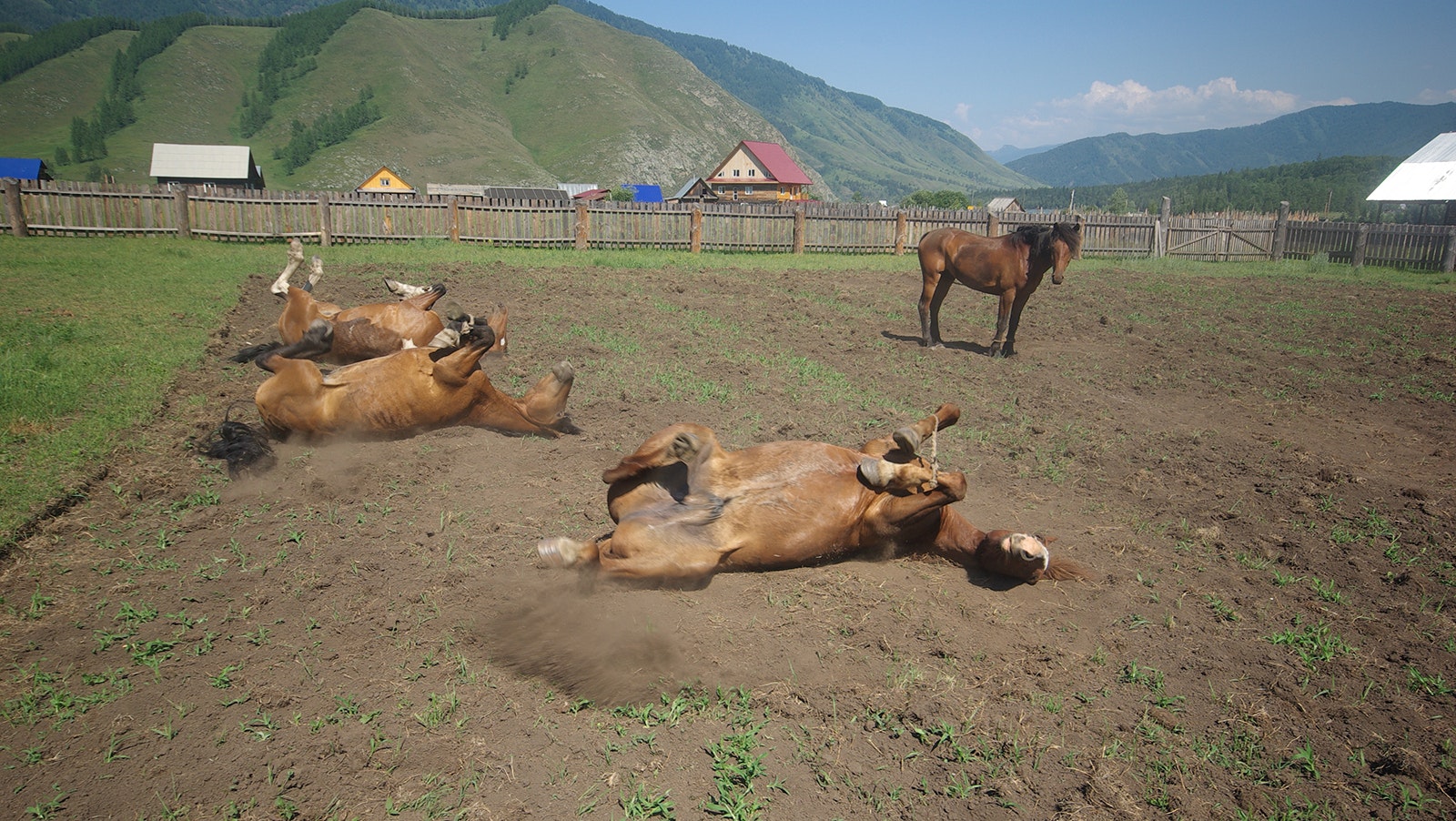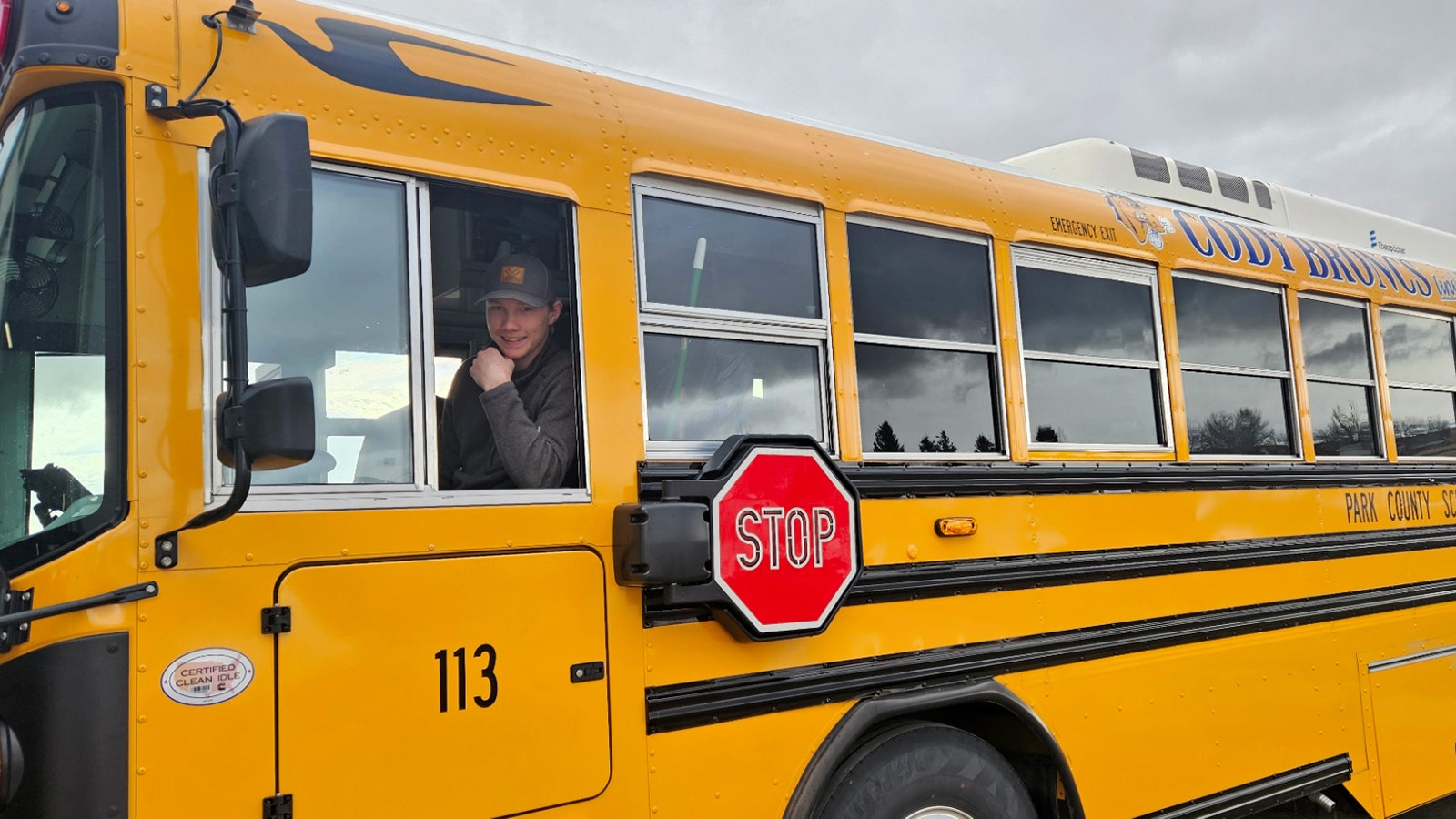Jennifer Fernandez, who lives south of Powell, had a horse die in 2016 from Potomac horse fever (PHF).
She told Cowboy State Daily that about 75 horses have died in the Powell area since then, and she believes the disease is the cause in many of the cases.
“We typically have cases every year. That’s not unusual,” said Dr. Hallie Hasel, Wyoming state veterinarian.
Symptoms
The disease got its name from the Potomac River, where the route of infection was first identified. It first appeared in northwest Wyoming in 2002.
Fernandez was new to the area when her horse Lillie contracted PHF, and she didn’t know anything about it. The horse showed mild symptoms, but then died of it three days later. A second horse contracted the disease, she said, but he recovered within a week.
Since then, she’s been talking to people in the community about horses that have died and why, which is how she estimates 75 horse deaths from the disease in the Powell area.
She said the reason horse owners aren’t more alarmed about the disease is because it’s not a reportable illness, meaning veterinarians don’t have to report it. Also, people who have lost horses don’t get them tested for the disease.
Potomac horse fever also isn’t contagious, so one horse can’t give it to another. Fernandez said that’s part of the reason for it not receiving as much attention as other equine health risks.
She said in many cases people who have lost horses to the disease think the horses died of colic because it has similar symptoms.
“And it may very well be colic, but it could be Potomac [horse fever], depending on the time of year,” Fernandez said.
The symptoms of PHF include mild colic, fever, lack of appetite, watery diarrhea and laminitis, an inflammation and damage of the tissue between the hoof and the underlying coffin bone.
As the disease progresses, the symptoms become more severe.
Spread By Insects
Scott Schell, an entomologist with the University of Wyoming Extension Service, said he first became aware of the disease when Fernandez brought it to his attention.
He worked with experts with the state of Wyoming and Wyoming Farm Bureau to put together an information poster about the disease.
The disease is spread by aquatic insects — including the mayfly, dragonfly and caddisfly — when they hatch in water, primarily in the spring and summer.
The insects also are attracted to security lights on barns. When they die, they can fall in the horse’s water.
The horses then ingest the insects by drinking the water or eating hay with the bugs on it.
Schell said there’s a vaccine for the disease, but it was developed for the eastern strain of the disease.
“It doesn't work as well on the strain that is here in Wyoming,” Schell said.
The vaccine, however, does provide protection, he said. As with any vaccine, it’s imperfect, but it will minimize the impact of the disease and increase the chance that the horse survives should it become infected.
Fernandez said she vaccinates all her horses for the disease.
Prevention
Hasel told Cowboy State Daily that she hasn’t heard reports of any outbreaks in the state this year. It’s typically seen in the western part of the state, primarily around Pinedale, Uinta County, and the Cody and Powell area.
The best way to keep horses from getting the disease is to reduce the risks. This means turning off barn lights in the summer nights.
Fernandez said she also doesn’t let her horses out on the pasture where they might eat grasses with the insects on it.





